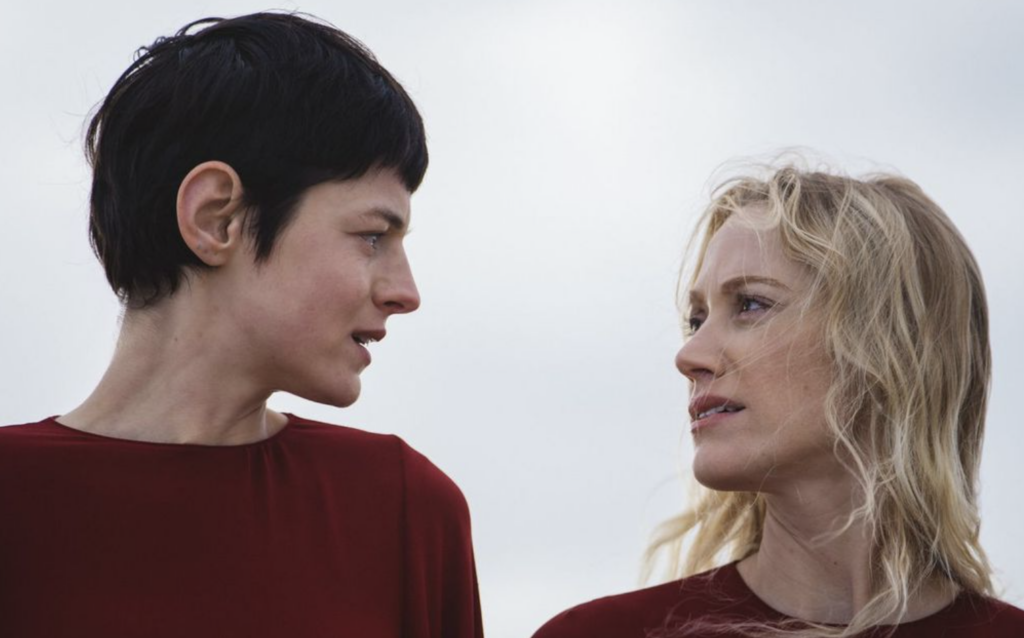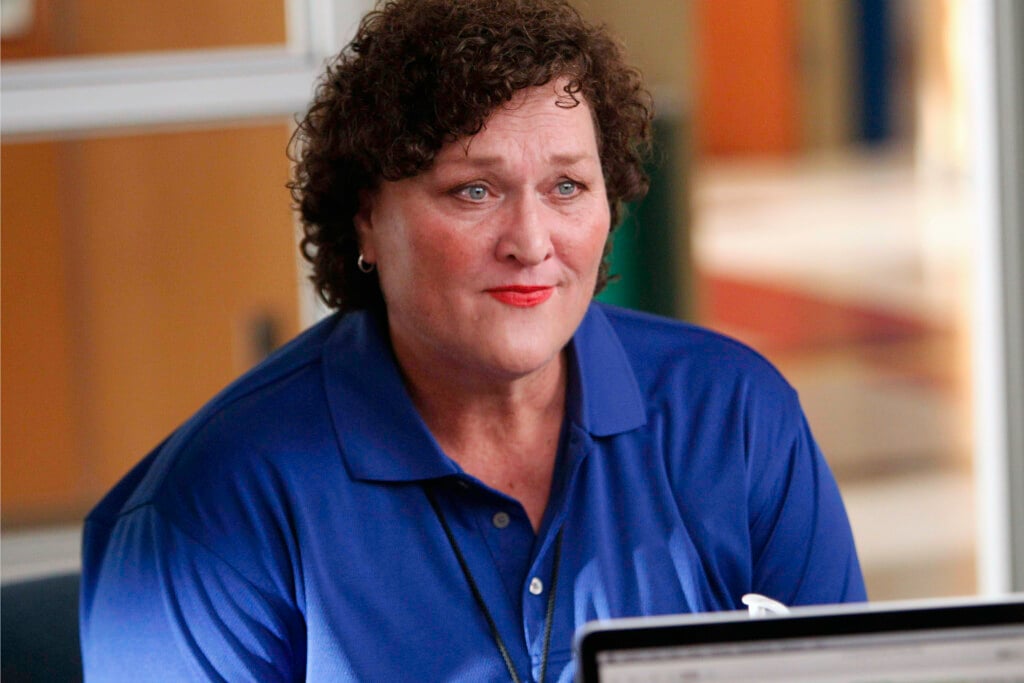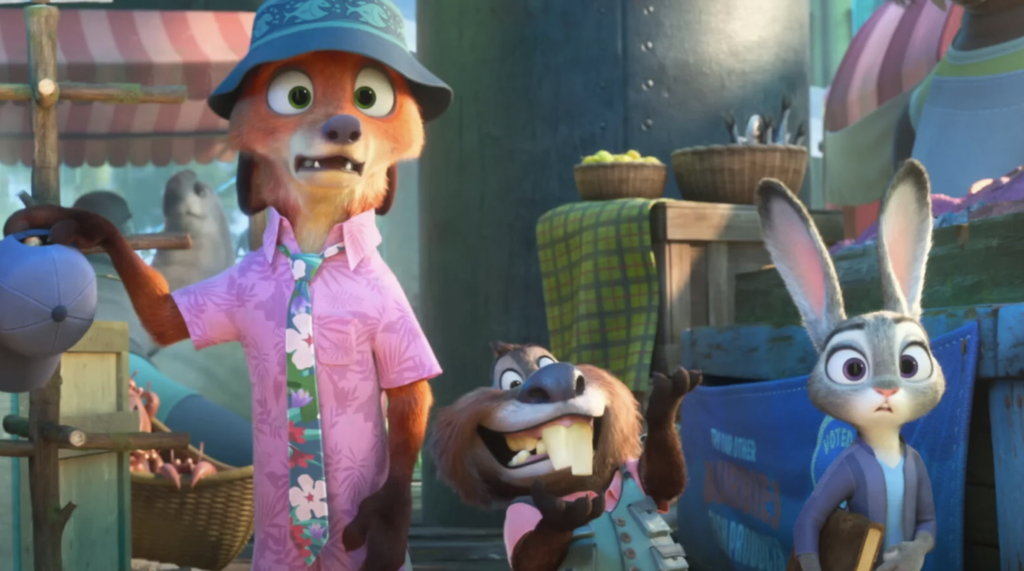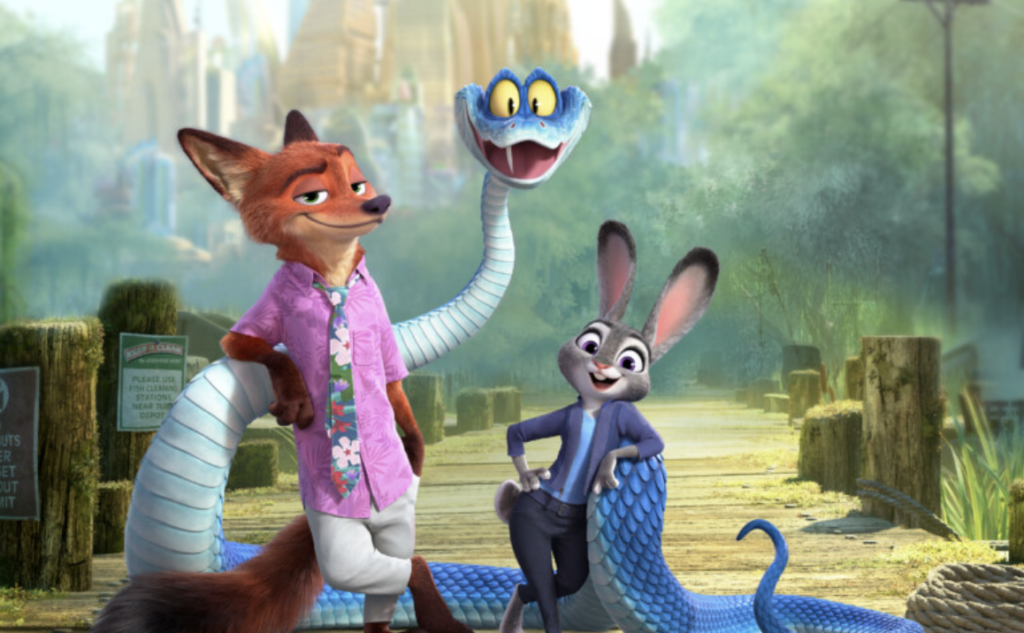2025’s Street Trash reimagines the 1987 cult classic for new audiences and broken politics
Get your melt on with J. Michael Muro and Roy Frumke’s classic—alongside Ryan Kruger’s South African twist—this Saturday at Liberty Hall.
The 1987 movie Street Trash is a classic of melt movies — a subgenre of low-budget horror and exploitation movies that plays up icky practical effects and exaggerated gore. It’s a subgenre that’s always interested producer Matt Manjourides, whose production company Not The Funeral Home also produces Shudder’s The Last Drive-In with Joe Bob Briggs.
Manjourides and his producing partner Justin Martell recently helped bring about a modern revisit of Street Trash, written and directed by South African filmmaker Ryan Kruger (Fried Barry). Both versions of the film — the ‘87 original and its wild, colorfully gross new baby sibling — will screen in a double feature this weekend at Liberty Hall in Lawrence. We spoke to Manjourides about putting this new version together, the connective tissue between Fried Barry and Street Trash, and the reason behind the resurgence of low-budget horror.
What’s your relationship to the original Street Trash? How did this version of it come to be?
As someone who frequented video stores growing up, the original artwork for Street Trash always drew my eye. I remember renting it as a kid and being blown away by what I saw. It was unlike other things I’d seen at the time.
I was working at Troma Films (the studio behind The Toxic Avenger) around 2006. We’d done a re-release of a movie called Combat Shock. On the second disc, there was an interview with Roy Frumkes (the co-writer of the 1987 version of Street Trash). He’d written a sequel to Street Trash in 2001, but nothing ever came of it. We started digging into what we could do with the idea.
It took about eight years to put this film together, and find the right director, location and story. My producing partner Justin had a record company that put out the Fried Barry soundtrack, which connected us with Ryan Kruger. The economic situation in South Africa hit home with what we wanted to do with the story. We’re really happy with what it is, and happy to get to do a theatrical run on 35mm, and we hope people can experience it like that.
We want to make sure people know we’re not remaking Street Trash, this isn’t a reinterpretation, the original stands by itself. We wanted to make something that’s in the same universe 35 years later and tells a different story, but has the same social ideas behind it.
What makes the 35mm experience special for this one?
There’s someone visually tangible about it. It doesn’t feel as smooth as a digital film and we like that. We went whole hog into 35 as part of the filmmaking experience and being able to tell people we did that, which is rare for an independent movie. The full 35mm frame of it is really cool. We shot a previous film, Eight Eyes, on 16mm, which feels smaller, it’s a much more intimate film. With 35mm, we have a lot of big scenes that it captures well.
What does Ryan Kruger’s perspective add to this version of the movie?
We also produce The Last Drive In with Joe Bob Briggs, and did an episode for it on Fried Barry. That movie had that energy and that eye we were looking for. We wanted something that had a visual independence to it. Jimmy Muro, who directed the first one and did the steadicam, he created a feeling to Street Trash that gives it movement and energy. Fried Barry had that energy.
Ryan Kruger was willing to help us take a chance and write the script. We liked his interpretation of the ideas we had, and he was easy to work with. He had a team in South Africa to work with, and we were able to get away with a lot of things we couldn’t do anywhere else because of the cost effectiveness.
I’ve heard the original Street Trash described as a “melt movie.” What does that mean?
It’s a very small subgenre of movies where the driving force of the story or the visuals is the melting of bodies, whether it’s The Stuff, Street Trash, The Incredible Melting Man or Slime City Massacre. It’s an orgy of special effects that show off what the filmmaker can do. They hang their hat on how fun it is to watch them.
It seems like between this, Macon Blair’s Toxic Avenger remake, and other original movies like Destroy All Neighbors and Psycho Goreman, this form of gross-out exploitation movie is having a renaissance. What do you attribute that to?
A lot of it is a release. For whatever political or social climate you’re in, you need a way to sit down and release your feelings whether it’s watching other people blow up or a bunch of teens get killed. It’s fun. You can invite a bunch of people over and laugh at the same thing. It’s one of the few if not only genres where the communal experience really lends itself to the form.
With the recent surge in horror movies getting a big release, from Terrifier 3 to Heart Eyes, horror is one of the only genres that can be made cheaply, with no big stars or huge effects. People only see a comedy if they know the star is gonna be funny. With horror, if the idea is interesting and it’s executed well, it can be enjoyed pretty easily.
It’s just something where studios are either spending a ton of money or no money on a movie, so you only have the option of no-budget horror or big budget studio films. DVD sales used to pay for a $3-$4 million action movie, like a Jean-Claude Van Damme or Dolph Lundgren movie. There is no in-between anymore, and nobody makes money on streaming, so studios only spend the least amount of money they can.
What’s the experience of watching this movie in a theater like?
This is showing in a double feature with the original movie. The good thing about movies that have heavy effects, and people know that going in, is that people are gonna cheer, gasp, clap, and it’s gonna be fun. You want that communal experience, to go in with your friends or by yourself and share this experience. When the bad guy literally blows up, you’re gonna clap. When the first person has mutlicolored fluids pouring from a body, it’s gonna be fun. It’s a roller coaster ride where you feed off each other’s emotions.








